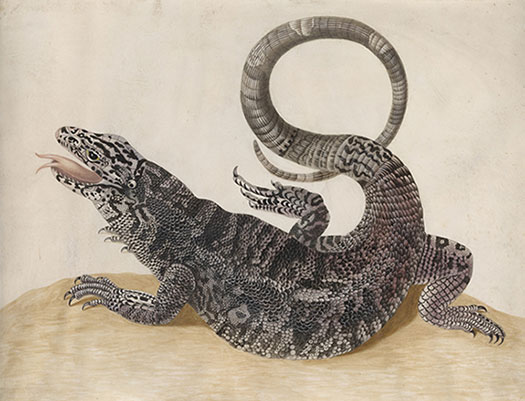
As both artists and patrons, women played an important role in the development of the natural sciences in the early modern period. While often excluded from working in more prestigious genres, such as history painting, female artists could establish successful and lucrative careers in the fields of zoological and especially botanical illustration. Similarly, while proper humanist education was generally inaccessible even to wealthy female aristocrats, the natural sciences were a niche in which women could actively participate and achieve recognition—by cultivating expansive gardens, collecting plants and other specimens, and recording their discoveries. Working closely with artists, patrons like Agnes Block (1629–1704) and Margaret Cavendish Bentinck, Duchess of Portland (1715–1785), documented and disseminated information about their rich holdings during the seventeenth and eighteenth centuries.
Especially in the early part of the period, the division between art and science was not as clearly delineated as it is today. Many women artists not only skillfully recorded specimens but also produced new knowledge about them, simultaneously inhabiting the two spheres. Maria Sibylla Merian (1647–1717) exemplifies this dual focus, having researched and published a brilliantly illustrated treatise on the metamorphosis of insects, a subject only partially understood in her day.
Maria Sibylla Merian 1647–1717, Black Tegu Lizard (Tupinambis teguixin), Pen and black ink, transparent and opaque watercolor on vellum, 13 x 17 inches (329 x 430 mm), Purchased on the Sunny Crawford von Bülow Fund 1978. 2001.10.
